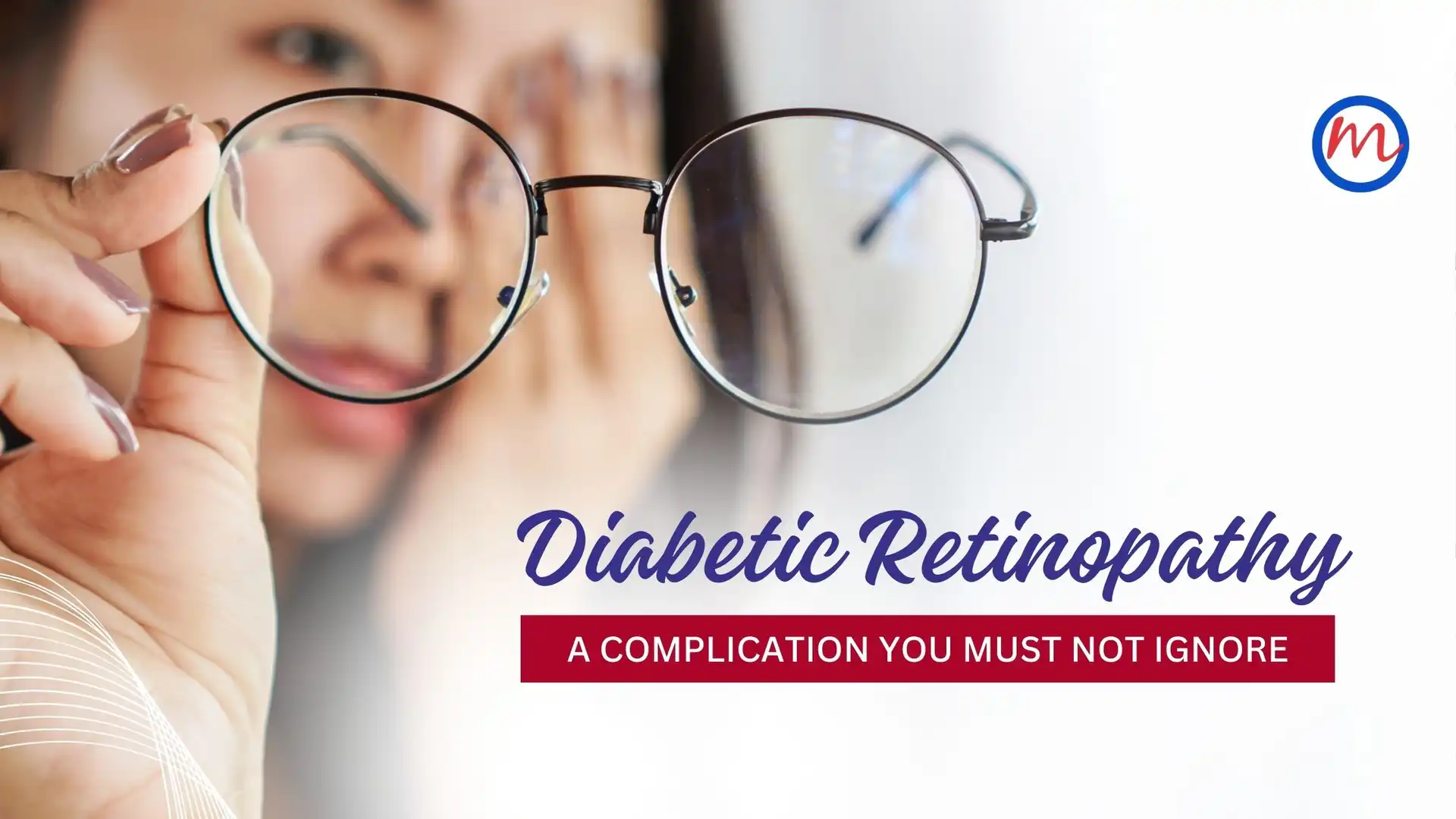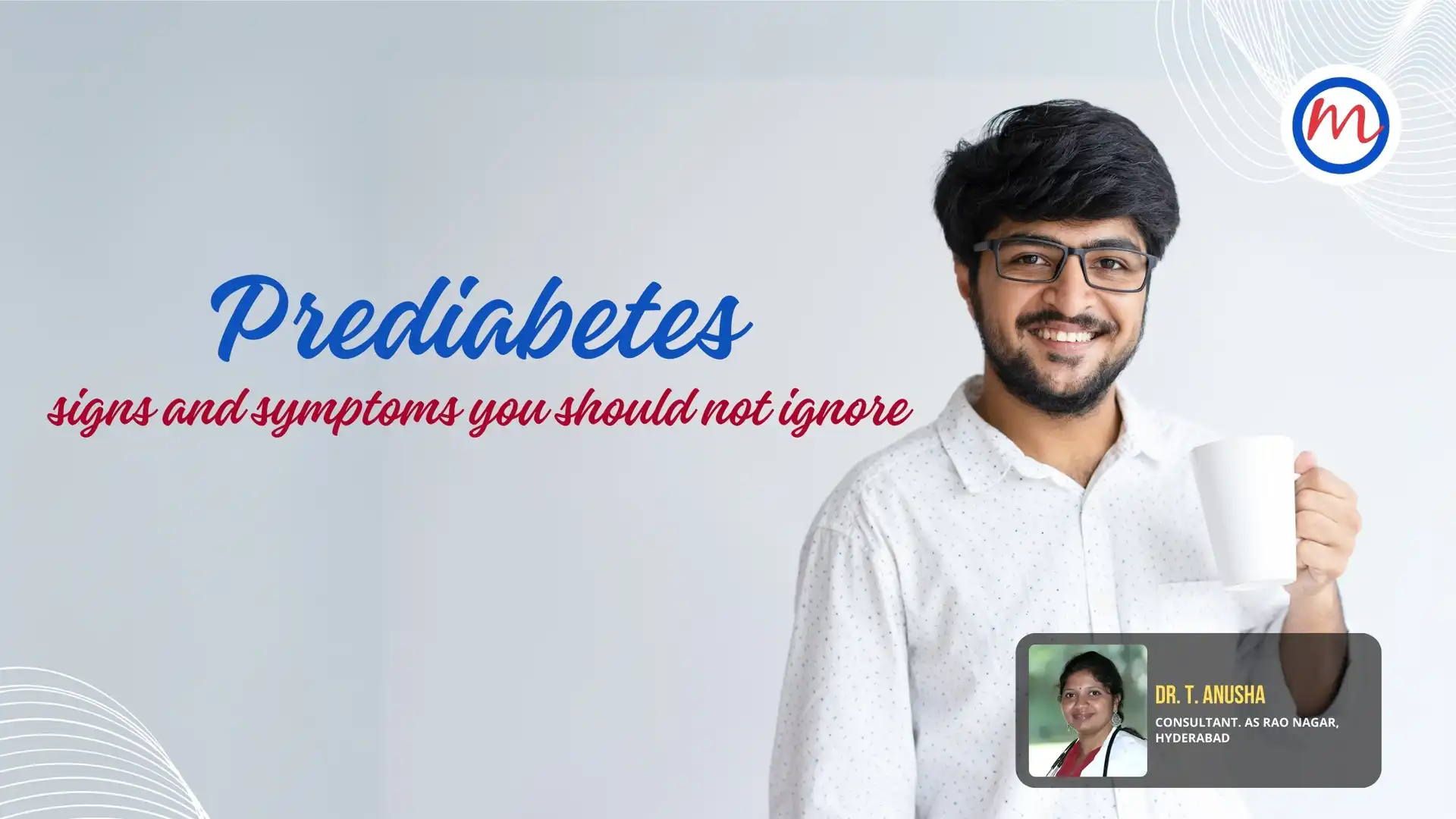Diabetic Retinopathy: A Complication You Must Not Ignore
What is Diabetic Retinopathy?
Diabetic retinopathy is a serious eye condition that affects people with diabetes. It occurs when prolonged high blood sugar levels cause damage to the small blood vessels in the retina.
It can lead to vision problems and, in severe cases, blindness. This condition progresses gradually, often without noticeable symptoms in its early stages. This makes regular eye exams essential for early detection and treatment.
Diabetic retinopathy is one of the leading causes of vision loss worldwide. It affects millions of people, particularly those who have had diabetes for many years. As the disease advances, it can lead to significant visual impairment. This can impact the ability to perform daily activities such as reading, driving, and recognizing faces.
Understanding the risk factors and symptoms of diabetic retinopathy can help individuals take proactive steps to protect their vision. Education and awareness are critical, as early intervention can prevent serious complications. This article explores the causes, symptoms, treatment options, and lifestyle changes necessary to manage and prevent diabetic retinopathy.
Causes of Diabetic Retinopathy
Diabetic retinopathy develops when high blood sugar levels damage the delicate blood vessels in the retina. These vessels may swell, leak, or become blocked, restricting the supply of oxygen and nutrients to the retina. Over time, the body attempts to compensate by forming new, fragile blood vessels. These fragile vessels can rupture and cause further vision problems.
Several factors contribute to the development of diabetic retinopathy, including:
- Prolonged High Blood Sugar: Uncontrolled diabetes leads to damage in the small blood vessels of the retina.
- Hypertension (High Blood Pressure): Elevated blood pressure increases the risk of blood vessel damage.
- High Cholesterol Levels: Excess cholesterol can contribute to blood vessel blockages.
- Genetic Factors: A family history of diabetic retinopathy increases the likelihood of developing the condition.
- Duration of Diabetes: The longer a person has diabetes, the greater the risk of developing eye complications.
Regular eye check-ups and proper diabetes management can help slow the progression of the disease.
Early Symptoms to Watch For
Diabetic retinopathy often begins without any noticeable symptoms. However, as the condition progresses, individuals may experience:
- Blurry Vision: Vision may become blurry on and off or persistently.
- Difficulty Seeing at Night: Reduced night vision or trouble adjusting to dim lighting.
- Dark Spots or Floaters: Small dark spots or floating objects in the field of vision.
- Sudden Vision Loss: Partial or complete vision loss in one or both eyes.
- Colours Appearing Washed Out: Difficulty distinguishing between colours.
These symptoms indicate that the condition may be advancing, and immediate medical attention is necessary. Regular eye exams can detect changes before symptoms become severe.
Stages of Diabetic Retinopathy
Diabetic retinopathy progresses through four stages:
- Mild Non-proliferative Retinopathy: Small areas of swelling (microaneurysms) appear in the blood vessels of the retina.
- Moderate Non-proliferative Retinopathy: Blood vessels become blocked, reducing oxygen flow to the retina.
- Severe Non-proliferative Retinopathy: More blood vessels are blocked, prompting the retina to form new, abnormal vessels.
- Proliferative Diabetic Retinopathy: Fragile new blood vessels form and can leak fluid, leading to significant vision loss.
Why Early Detection Matters
Since diabetic retinopathy may not cause noticeable symptoms in its early stages, regular eye exams play a crucial role in early detection.
- Screening Tests: Eye doctors use dilated eye exams, optical coherence tomography (OCT), and fluorescein angiography. These can help to identify early signs of damage.
- Treatment Options: Treatments such as laser therapy, anti-VEGF injections, and vitrectomy can help manage the condition effectively.
- Prevention of Blindness: Timely intervention reduces the risk of severe complications and helps preserve vision.
Ignoring symptoms can lead to permanent damage, making regular check-ups an essential part of diabetes management.
Treatment Options for Diabetic Retinopathy
Several treatment options are available, depending on the severity of the condition:
- Laser Treatment (Photo-coagulation): A laser is used to seal leaking blood vessels and prevent further damage.
- Anti-VEGF Injections: Medications help reduce abnormal blood vessel growth and swelling.
- Vitrectomy Surgery: In advanced cases, a surgical procedure removes blood and scar tissue from the retina.
- Blood Sugar and Blood Pressure Control: Managing diabetes and hypertension can slow disease progression.
The choice of treatment depends on the stage of retinopathy and overall health status.
Lifestyle Changes for Prevention
Making lifestyle adjustments can significantly reduce the risk of developing diabetic retinopathy or slow its progression:
- Adopt a Healthy Diet: Include antioxidant-rich foods like leafy greens, berries, nuts, and fish. Avoid sugary and processed foods that spike blood sugar levels.
- Exercise Regularly: Engage in at least 30 minutes of moderate activity, such as walking or swimming, to improve circulation.
- Monitor Blood Sugar Levels: Keeping glucose levels within target ranges minimizes eye complications.
- Control Blood Pressure and Cholesterol: A balanced diet, exercise, and medication (if necessary) help manage these risk factors.
- Quit Smoking: Smoking exacerbates blood vessel damage and increases the risk of vision loss.
- Manage Stress: Practices like yoga and meditation help stabilize blood sugar levels and improve overall well-being.
Importance of Regular Eye Exams
Regular eye examinations are critical for detecting diabetic retinopathy early and preventing vision loss:
- Annual Check-Ups: People with diabetes should schedule comprehensive eye exams at least once a year.
- More Frequent Exams for High-Risk Individuals: Those with severe diabetes complications or rapid vision changes may need more frequent monitoring.
- Early Diagnosis Saves Vision: Catching diabetic retinopathy in its initial stages allows for timely treatment and better outcomes.
Living with Diabetic Retinopathy
If diagnosed with diabetic retinopathy, managing the condition effectively is essential:
- Follow Medical Advice: Adhere to prescribed treatments and medications.
- Stay Active: Maintain a healthy lifestyle to slow disease progression.
- Seek Support: Connect with diabetes support groups for guidance and motivation.
- Protect Your Eyes: Wear sunglasses to shield eyes from harmful UV rays.
Protect Your Vision
Taking control of diabetes and eye health is essential to prevent vision loss. By adopting a healthy lifestyle, scheduling regular eye exams, and seeking early treatment, individuals can significantly reduce the risk of severe diabetic retinopathy.
Your eyes are invaluable—don’t wait for symptoms to appear. Stay proactive, stay informed, and protect your vision today for a clearer tomorrow.



